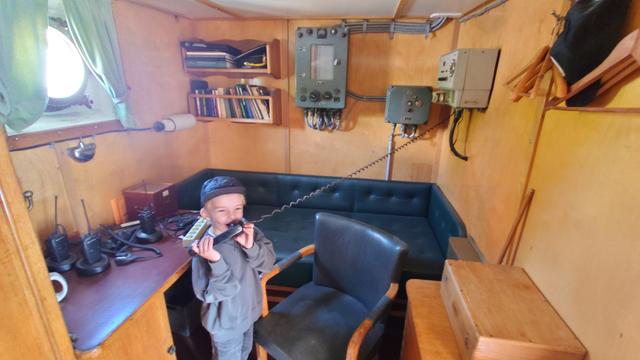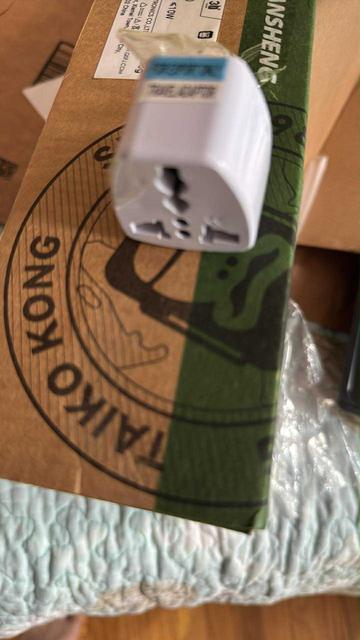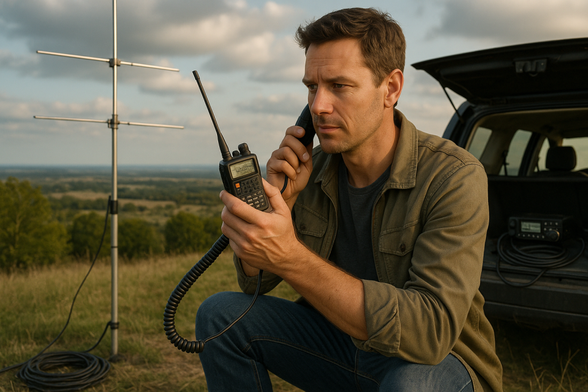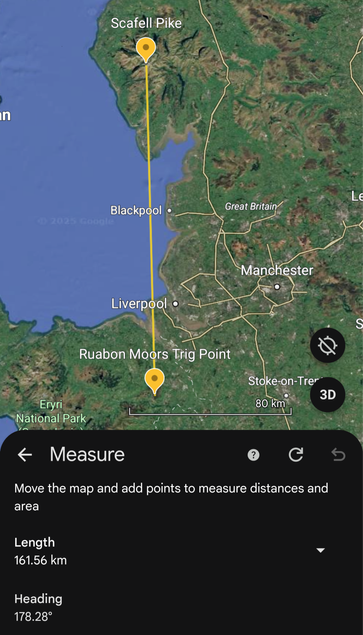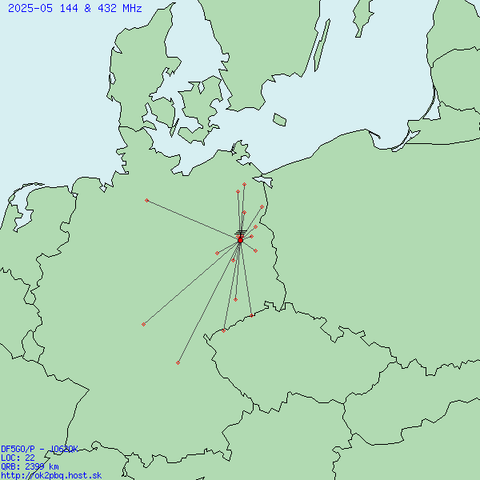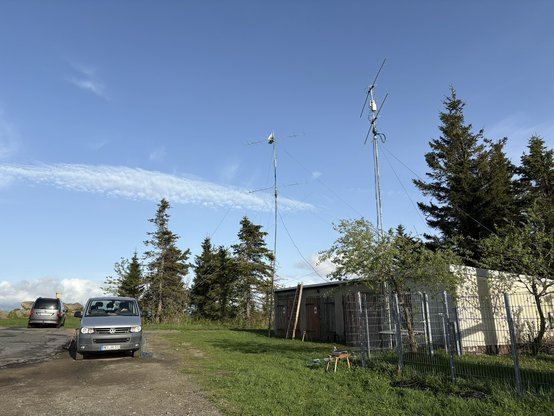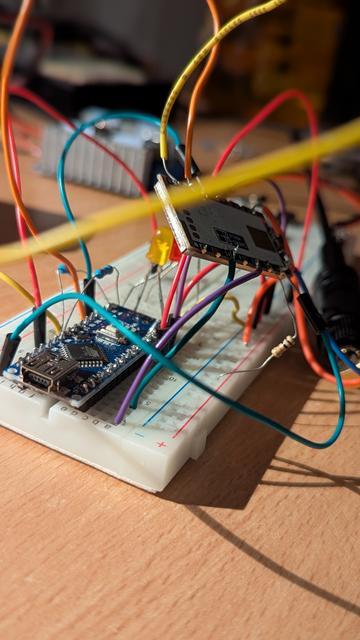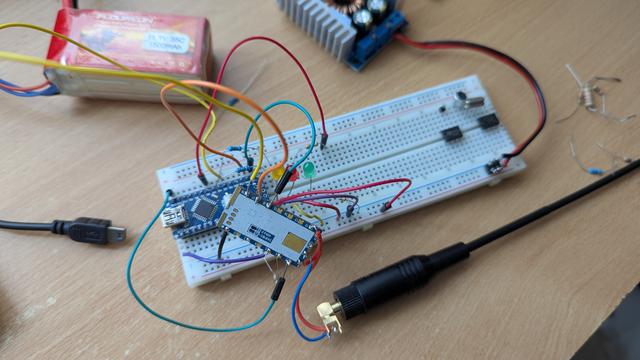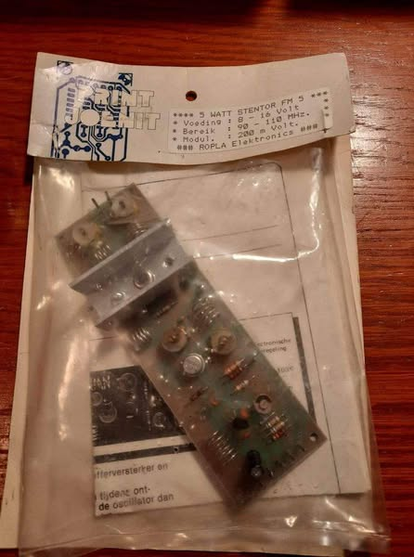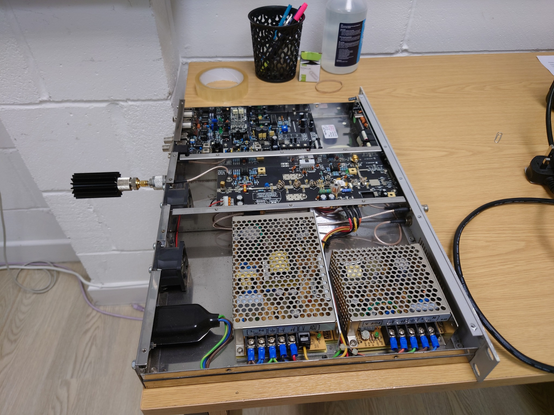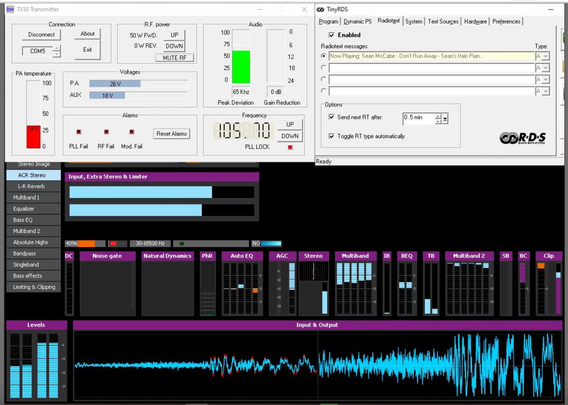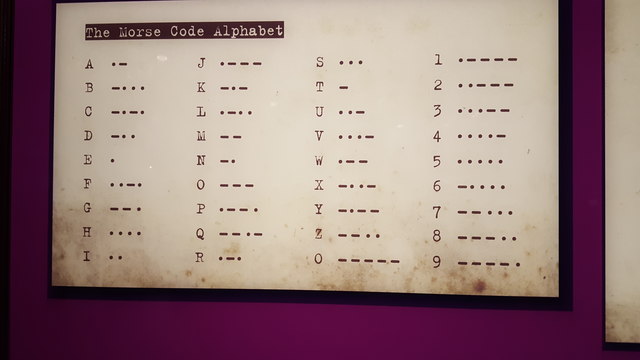Understanding Ham Radio Operating Modes: A Beginner’s Guide to SSB, CW, FM, and More
1,756 words, 9 minutes read time.
As you consider diving into the fascinating world of amateur radio, one of the most important areas to familiarize yourself with is the various operating modes used by ham operators. These modes define how signals are transmitted, which directly impacts the quality, reach, and efficiency of communication. In this guide, we’ll explore the most common ham radio operating modes, including Single Sideband (SSB), Continuous Wave (CW), Frequency Modulation (FM), and more. Understanding these modes will help you not only get a better grasp of how amateur radio works but also make you a more competent operator as you progress toward getting your ham radio license.
What Are Ham Radio Operating Modes?
Ham radio operating modes refer to the different ways a ham radio signal can be transmitted and received. Each mode has its own characteristics, advantages, and limitations, which affect the type of communication it is best suited for. Whether you’re communicating locally or across continents, choosing the right mode can make all the difference in the quality of your transmission. As a newcomer to ham radio, learning about these modes will help you choose the most suitable method for various communication scenarios. It’s a critical aspect of mastering the hobby and ensuring effective communication on the airwaves.
An Overview of the Common Ham Radio Operating Modes
- Single Sideband (SSB)
Single Sideband (SSB) is one of the most popular modes used in amateur radio, particularly for long-distance communication. SSB is a type of amplitude modulation (AM) where only one sideband of the signal is transmitted, reducing the bandwidth and power requirements compared to traditional AM transmissions. This makes SSB particularly advantageous for communication over long distances, especially on the HF (High Frequency) bands.
In SSB, the carrier wave is suppressed, and only the upper or lower sideband is transmitted. This results in more efficient use of the frequency spectrum, allowing for clearer signals with less interference. Many ham radio operators prefer SSB for global communication because it’s capable of reaching farther distances with less power, which is important for operators who are working with limited equipment or those trying to make contacts in remote areas.
According to the ARRL (American Radio Relay League), SSB is particularly useful for DX (distance) communications. The frequencies used for SSB typically fall within the HF bands, and operators use SSB to make voice contacts, known as “phone” contacts. The convenience and efficiency of SSB have made it the go-to mode for many long-haul communications on the ham bands (source: ARRL – Ham Radio Modes).
- Continuous Wave (CW)
Continuous Wave (CW) mode is a form of Morse code communication. In CW, a signal is transmitted as a series of on-off keying (dots and dashes), which represent letters and numbers in Morse code. While this may seem old-fashioned to some, CW remains one of the most effective modes for weak-signal communication, particularly under challenging conditions where voice transmissions might not be possible.
One of the biggest advantages of CW is its ability to operate effectively in low signal-to-noise conditions. The simple nature of the transmission makes it less susceptible to interference, and even very weak signals can be received and understood using CW. This mode is commonly used by operators seeking to make contacts in very distant locations, especially when there is a lot of atmospheric interference or in regions with poor propagation conditions.
CW is still widely used in ham radio today, especially for operators who are focused on maximizing their reach with minimal equipment and power. The ability to send Morse code manually or via automatic keyers gives CW a distinct appeal to those looking to hone their skills in a very traditional aspect of ham radio. In fact, many experienced ham radio operators swear by CW for its efficiency and ability to make reliable contacts even in adverse conditions (source: K7ON – CW and SSB Basics).
- Frequency Modulation (FM)
Frequency Modulation (FM) is another popular mode, particularly on VHF and UHF bands. Unlike AM or SSB, where the amplitude or frequency is varied, FM works by modulating the frequency of the carrier wave. This results in high-quality, noise-resistant signals that are well-suited for local communications. FM is the standard mode used by repeaters, which are devices that extend the reach of ham radio signals by retransmitting signals received from lower-power stations.
FM is especially favored for short-range communication, such as local contacts or communication with repeaters, and it is most commonly used in the 2-meter and 70-centimeter bands. FM’s primary advantage is its resilience to interference, making it perfect for urban areas where noise is more prevalent. The clear, voice-quality signal that FM provides makes it ideal for informal conversations or emergency communication within a local area.
One of the main advantages of FM is the fact that once the signal reaches a certain level, the sound quality doesn’t degrade much, even if the signal strength weakens. However, FM has a limited range compared to SSB or CW and typically isn’t used for long-distance communication. The quality and simplicity of FM make it ideal for casual use and for beginner ham radio operators who are starting to experiment with their radios (source: Ham Universe – Modes of Operation).
- Digital Modes
Digital modes have gained significant popularity in recent years due to advancements in technology and the ability to send information more efficiently. Digital modes, such as FT8, PSK31, and RTTY (Radio Teleprinter), use computer-generated signals to send and receive data. These modes can operate at very low power levels, which makes them perfect for weak signal propagation or for operators looking to maximize their battery life.
One of the most popular digital modes is FT8, a mode designed for weak-signal communication that allows operators to make contacts under extremely low signal-to-noise conditions. FT8 operates in narrow bandwidths, allowing multiple contacts to be made on a single frequency, even when propagation is poor. PSK31 is another widely used digital mode, particularly for keyboard-to-keyboard communications. It uses phase shift keying to transmit signals that can easily be decoded by a computer.
Digital modes are a fantastic way for new ham operators to make contacts with minimal power and without needing to master Morse code or voice communication. Digital signals are often more reliable in conditions where noise and interference would otherwise render voice or CW transmissions unusable. Many operators appreciate the challenge of fine-tuning digital signals and enjoy the flexibility that digital modes offer in terms of communication techniques and automation (source: eHam – Understanding SSB (Single Sideband)).
- Amplitude Modulation (AM)
Although it is less commonly used today, Amplitude Modulation (AM) still holds a place in ham radio, especially among enthusiasts who enjoy experimenting with vintage equipment. AM is a form of modulation where the amplitude of the carrier wave is varied in accordance with the modulating signal, typically a voice or music signal. AM has a characteristic “wide” signal, which takes up more bandwidth compared to SSB. This can result in interference with other stations operating on the same frequency, which is one of the main reasons AM has fallen out of favor for general communication.
However, AM still has its applications, especially in certain historical contexts or for specialized communication, such as in aircraft communications or vintage radio operations. Some ham radio operators prefer to use AM for nostalgia’s sake, or they might enjoy operating within the AM portions of the bands, which can often be quieter and less crowded compared to the SSB portions. For those who enjoy the history and evolution of radio technology, operating in AM mode can be a fun and rewarding challenge (source: QRZ – Ham Radio Operating Modes).
Why Learning These Modes is Important for New Hams
As a new ham, understanding the various operating modes available will help you communicate more effectively and efficiently. It allows you to select the best mode for each situation, whether you’re trying to make a local contact on FM, reach across the globe using SSB, or send a weak signal over long distances with CW or digital modes. Furthermore, many modes are used during contests, emergency communications, and special events, so becoming proficient in multiple modes will enhance your overall ham radio experience.
In addition to improving your communication skills, learning different modes will also help you gain a deeper understanding of how radio waves propagate and how various factors such as power, frequency, and modulation affect signal transmission. This knowledge will not only make you a better operator but also help you troubleshoot and optimize your station setup for various conditions.
How to Get Started with These Modes
Getting started with different ham radio modes doesn’t require a lot of advanced equipment. Many beginners start with simple radios capable of operating in FM mode and gradually progress to more sophisticated transceivers that support SSB, CW, and digital modes. Local ham clubs are a great place to connect with experienced operators who can help you learn the basics of each mode.
Once you’re familiar with the theoretical aspects of ham radio modes, you can begin experimenting on air. Start by making simple local contacts on FM, and then try making longer-distance contacts using SSB. As you gain experience, you can explore CW or digital modes, which offer unique challenges and rewards.
Conclusion
Understanding the various operating modes of ham radio is essential for any new operator who wants to make the most of their hobby. Whether you’re communicating locally on FM or making global contacts with SSB or CW, each mode has its unique advantages and applications. By exploring these modes, you’ll not only enhance your communication skills but also deepen your appreciation for the technical side of amateur radio. So, dive in, experiment with different modes, and enjoy the world of ham radio communication!
D. Bryan King
Sources
Disclaimer:
The views and opinions expressed in this post are solely those of the author. The information provided is based on personal research, experience, and understanding of the subject matter at the time of writing. Readers should consult relevant experts or authorities for specific guidance related to their unique situations.
Related Posts
Rate this:
#AmateurRadio #amateurRadioCommunity #amateurRadioEquipment #amateurRadioLicense #beginnerHamRadio #CW #CWMode #digitalCommunicationModes #digitalModes #FM #frequencyModulation #FT8 #globalCommunication #hamOperators #hamOperatorsGuide #hamRadio #hamRadioBands #hamRadioBeginners #hamRadioCommunication #hamRadioContact #hamRadioContests #hamRadioEquipment #hamRadioExperience #hamRadioHobby #hamRadioLicense #hamRadioModes #hamRadioModesExplained #hamRadioNetworks #hamRadioSchool #hamRadioTechniques #hamRadioTips #localCommunication #longDistanceCommunication #MorseCode #MorseCodeCommunication #operatingModes #radioCommunication #radioCommunicationSkills #radioFrequencies #radioFrequencyModes #radioInterference #radioPropagation #radioPropagationConditions #radioRepeaters #radioSignals #radioTransmission #radioTransmissionModes #SSB #SSBCommunication #UHF #VHF #weakSignalCommunication
